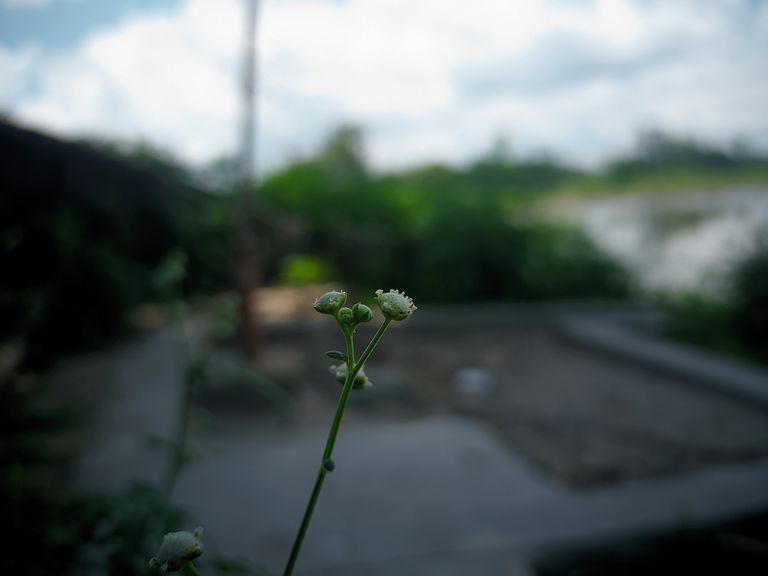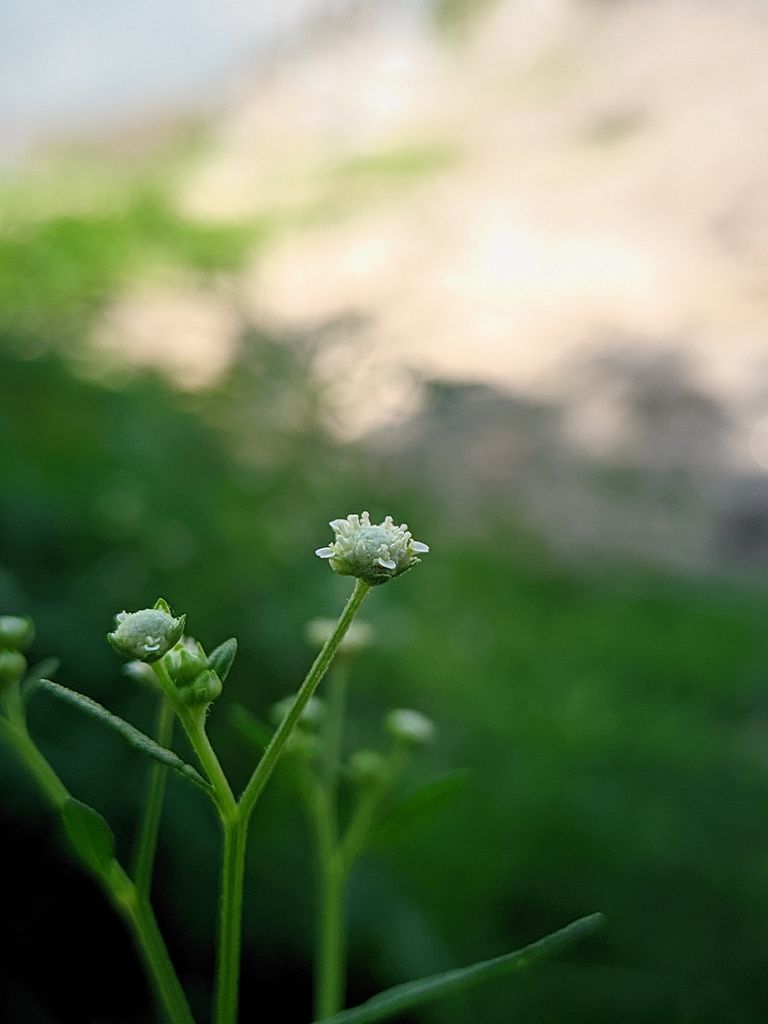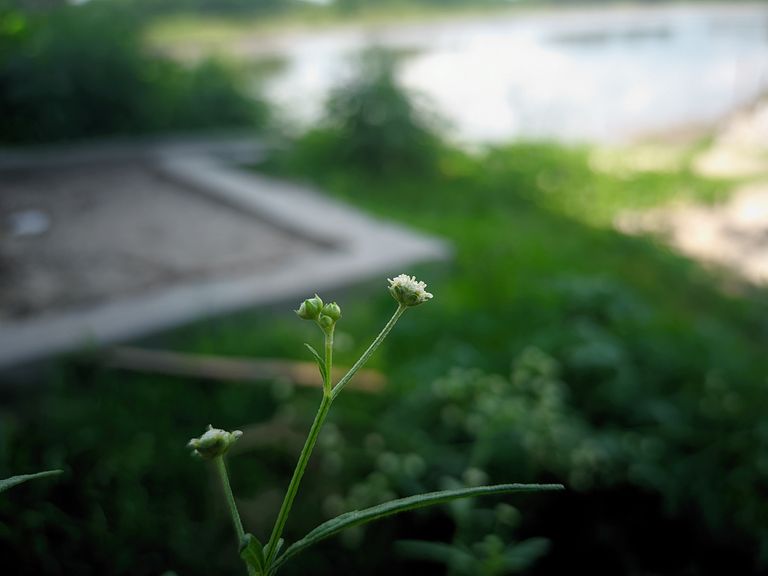| In the world of natural remedies, Santa Maria feverfew (Tanacetum parthenium 'Santa Maria') has gained significant attention for its potential health benefits. This herb, a variety of the common feverfew plant, is known for its striking appearance and medicinal properties. In this blog post, we'll explore the origins, characteristics, and potential uses of Santa Maria feverfew, shedding light on why it has become a go-to herb for those seeking natural remedies. Traditionally, feverfew has been used for centuries in various cultures for its potential medicinal properties. The active components of Santa Maria feverfew, such as parthenolide, flavonoids, and sesquiterpene lactones, are believed to be responsible for its therapeutic effects. Here are some potential health benefits associated. Santa Maria feverfew is renowned for its ability to help alleviate migraines. Studies suggest that the parthenolide compound found in the herb may inhibit the release of certain chemicals in the brain that contribute to migraines. Regular use of Santa Maria feverfew may reduce the frequency and intensity of migraines for some individuals. The anti-inflammatory properties of Santa Maria feverfew have been reported in several studies. It may help reduce inflammation in conditions like arthritis, menstrual pain, and skin conditions. However, more research is needed to fully understand its mechanisms and potential applications. Some traditional systems of medicine employ feverfew as a digestive aid. It is believed to stimulate appetite, ease indigestion, and relieve symptoms of gastrointestinal discomfort. However, further scientific research is needed to substantiate these claims. Santa Maria feverfew is known for its potential benefits in promoting skin health. Some individuals use it topically as an ingredient in skincare products to soothe skin irritations, reduce redness, and support overall skin wellness. While Santa Maria feverfew shows promising potential as a natural remedy, it is essential to exercise caution and consider certan. Individuals with allergies to plants in the Asteraceae family, such as ragweed and chamomile, may be more prone to allergic reactions to feverfew. If you have known allergies, it's advisable to consult with a healthcare professional before using Santa Maria feverfew. Limited research is available on the safety of Santa Maria feverfew during pregnancy and breastfeeding. It is recommended to err on the side of caution and avoid using it during these periods. |
|---|




| Santa Maria feverfew, with its striking appearance and potential health benefits, has carved a niche for itself in the world of natural remedies. From its historical uses to its potential effects on migraines, inflammation, digestion, and skin health, this herb offers a range of potential applications. However, as with any herbal remedy, it's crucial to exercise caution, consider personal circumstances, and consult with healthcare professionals before incorporating Santa Maria feverfew into your wellness routine. With the right approach, Santa Maria feverfew can be a valuable addition to your natural health toolkit. |
|---|
Congratulations, your post has been upvoted by @dsc-r2cornell, which is the curating account for @R2cornell's Discord Community.